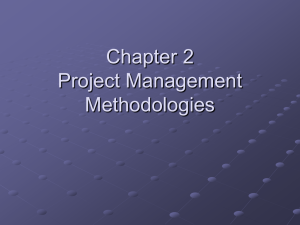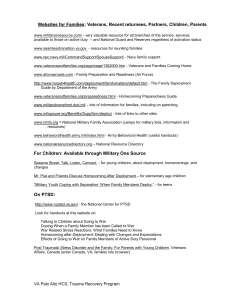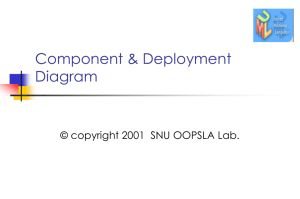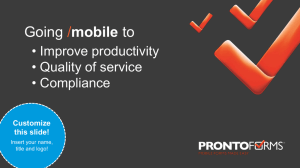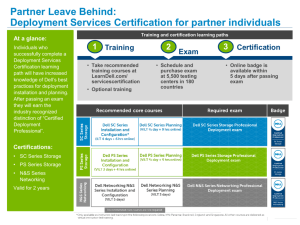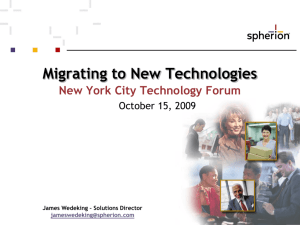Our Approach - AVA Consulting
advertisement
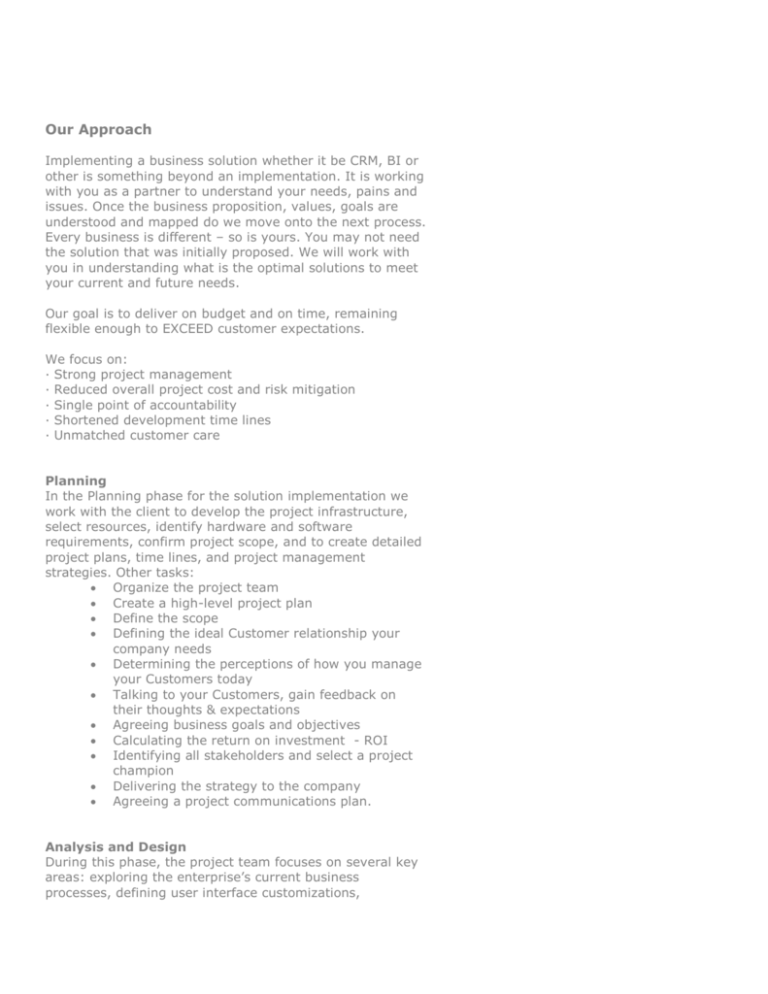
Our Approach Implementing a business solution whether it be CRM, BI or other is something beyond an implementation. It is working with you as a partner to understand your needs, pains and issues. Once the business proposition, values, goals are understood and mapped do we move onto the next process. Every business is different – so is yours. You may not need the solution that was initially proposed. We will work with you in understanding what is the optimal solutions to meet your current and future needs. Our goal is to deliver on budget and on time, remaining flexible enough to EXCEED customer expectations. We focus on: · Strong project management · Reduced overall project cost and risk mitigation · Single point of accountability · Shortened development time lines · Unmatched customer care Planning In the Planning phase for the solution implementation we work with the client to develop the project infrastructure, select resources, identify hardware and software requirements, confirm project scope, and to create detailed project plans, time lines, and project management strategies. Other tasks: Organize the project team Create a high-level project plan Define the scope Defining the ideal Customer relationship your company needs Determining the perceptions of how you manage your Customers today Talking to your Customers, gain feedback on their thoughts & expectations Agreeing business goals and objectives Calculating the return on investment - ROI Identifying all stakeholders and select a project champion Delivering the strategy to the company Agreeing a project communications plan. Analysis and Design During this phase, the project team focuses on several key areas: exploring the enterprise’s current business processes, defining user interface customizations, determining external systems integration requirements, exploring data setup and management processes, determining if any customizations of the solutions are required, delineating internal support requirements, and defining deployment requirements. Analyze the Business Processes Affected Define Initial Setup Assumptions Define Requirements Deployment and Configuration During this phase the project team installs the hardware infrastructure, sets up the development environment, configures the server, customizes the user interface (if required), configures user profile data, configures supplier data and catalogs, configures approval and ordering rules, and tests the solutions. Other task: Developing and agree implementation project plan Agreeing project management tasks Managing vendor implementation team Agreeing the training plan and carry-out 'train the trainer' Designing, developing and testing system interfaces Converting and migrating legacy customer data Completing user acceptance tests Managing the system and process rollout. Deployment The Deployment phase of the project focuses on deployment planning, developing marketing plans, change management, verifying production system readiness, data center installation, and training of end users, database administrators and system administrators. Other tasks: Finalize Setup Finalize Re-Engineered (To Be) Business Process Flows Create Conversion / Interface Technical Specifications Create Enhancements Technical Specifications Finalize Access Security Definitions Define Milestones Develop and Unit Test Produce System or Integrated Testing Plan, End User Training Plan and Production Implementation Plan Production Test Configure Production Environment Convert Legacy Data Conduct End User Training Establish End User Support Channels Perform Production Cut-Over Closing the project Reviewing the implementation against expects returns Looking for further business opportunities the solution can deliver Gauging Customer feedback Implementing a support and feedback process. Support The Support phase begins when the solution has been deployed to end users. At this time, the project team defines support requirements; designs a support model and plan, and ensures that the support model is aligned with the deployment plan for the organization. In addition, the project team defines usage metrics to ensure that the solution meets the ROI goals defined before implementation. Training Training involves our consultant spending time with an emphasis on educational texts and learning materials to help you effectively use the product as a tool on the job. Other training options include: interactive CD, web sites, hard copy manuals. In addition: Provide up front training for the core project team Implementation consultant trains the project team New employees are trained in classes and on the job Training on new functionality is done with upgrades Knowledge Transfer This is absolutely critical to ensure the product is used effectively. Some methods: Develop a library of training worksheets and instructions for end users Teach the business concepts behind the software and how they align with company goals Provide an understanding of how company processes align with the software’s capabilities What is a successful deployment? Hard benefits – lower costs per transaction processed? Soft benefits – better information, customer service? Cultural vision – how far along are you with your goals? Project costs – are they on target? Project deliverables – are they appropriate and timely? Buy in – do end users use the software to enhance their jobs?
